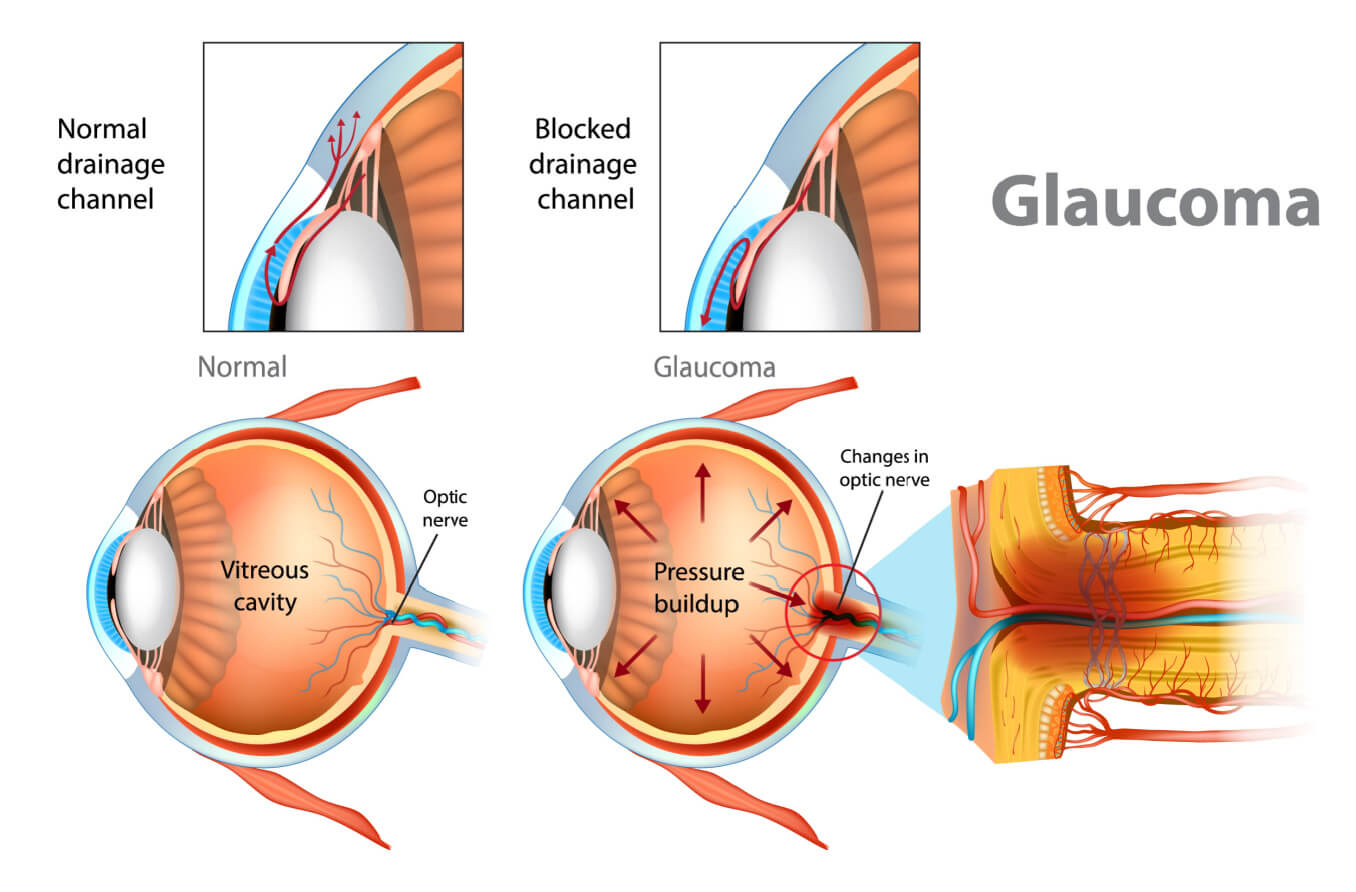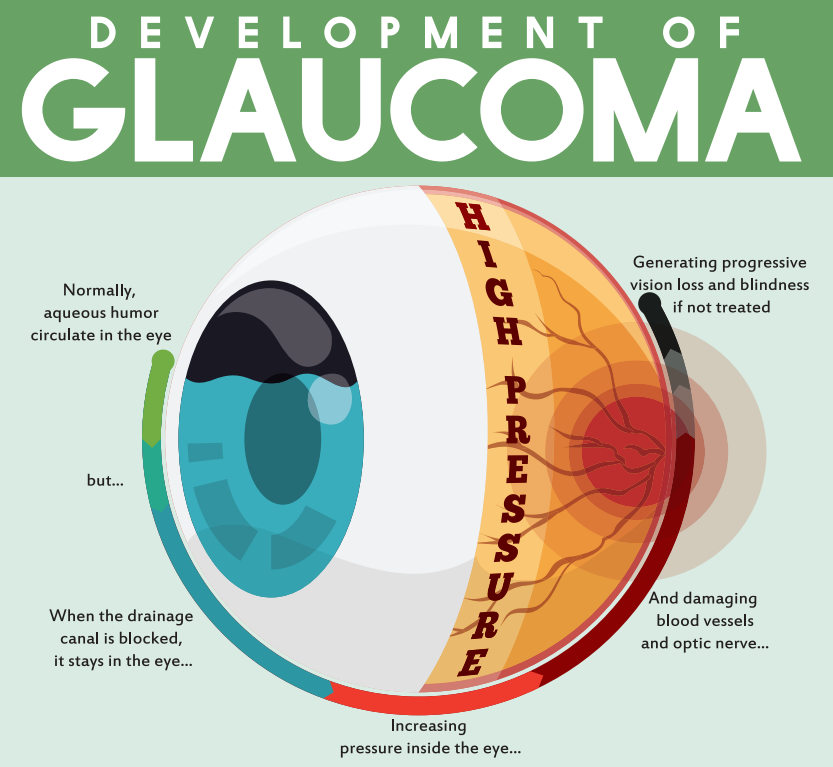Cutting-edge Refractive Surgeries in AL: Change Your Vision Today
Understanding the Different Vision Adjustment Procedures Available for Clearer View
In the world of vision improvement procedures, a wide range of options exist to attend to refractive errors and offer individuals with clearer view. From the extensively recognized LASIK surgery to much less intrusive treatments like PRK and implantable lenses, the area of ophthalmology uses a series of strategies customized to suit various demands and preferences. Each procedure comes with its very own set of factors to consider, benefits, and potential risks. Recognizing the subtleties of these vision modification methods is important for making notified choices about one's visual health. Allow's explore the ins and outs of these procedures and dropped light on the path to accomplishing improved vision clarity.
LASIK Surgical Treatment
LASIK surgical procedure is an usual refractive treatment utilized to correct vision issues such as nearsightedness, farsightedness, and astigmatism - retina service near me. This medical method, which means Laser-Assisted in Situ Keratomileusis, aims to reshape the cornea to boost exactly how light is concentrated on the retina, ultimately boosting vision clearness. Throughout the treatment, a slim flap is produced on the cornea, and a laser is made use of to get rid of exact amounts of tissue to improve it properly. This improving allows for light to be properly concentrated onto the retina, dealing with refractive errors.
One of the key advantages of LASIK surgery is the rapid improvement in vision experienced by clients. In general, LASIK surgical procedure is a preferred selection for individuals seeking a long-lasting option for their vision issues.
PRK Procedure
While additionally a typical refractive treatment, the PRK (Photorefractive Keratectomy) strategy differs from LASIK surgical procedure in its technique to remedying vision problems. In PRK, as opposed to developing a flap on the cornea, the external layer of the cornea, called the epithelium, is entirely removed. This enables the laser to improve the cornea to remedy refractive mistakes such as farsightedness, nearsightedness, and astigmatism straight externally.

Regardless of the longer healing time, PRK can produce exceptional outcomes in vision improvement, making it a beneficial alternative for those who may not be suitable prospects for LASIK surgical procedure.
Implantable Lenses
As opposed to PRK where the cornea is improved directly, implantable lenses offer another method for correcting vision by putting synthetic lenses inside the eye. This procedure is particularly useful for people with high degrees of astigmatism, nearsightedness, or farsightedness that may not be ideal candidates for laser surgeries like LASIK or PRK.
Implantable lenses, additionally referred to as phakic intraocular lenses, job by supplementing the eye's natural lens with an artificial one. glaucoma service near me. These lenses can be positioned in front of the all-natural lens (anterior chamber) or behind the iris and image source in front of the all-natural lens (posterior chamber) By changing the power and positioning of these lenses, eye doctors can properly remedy refractive errors and enhance visual acuity
One benefit of implantable lenses is that they are removable and exchangeable, giving adaptability for future changes. As with any type of medical procedure, there are threats involved, such as infection or cataract development. Individuals considering implantable lenses need to talk to an eye care professional to figure out the most appropriate alternative based upon their individual requirements and eye health.
Corneal Rings
Corneal rings, additionally called intracorneal ring segments, are tiny, transparent gadgets placed right into the cornea to fix vision distortions such as keratoconus. Keratoconus is a problem where the cornea thins and bulges outside, triggering vision to become distorted. The insertion of corneal rings assists to flatten the cornea, boosting visual acuity and lowering the irregular astigmatism created by keratoconus.
The procedure for placing corneal rings is reasonably quick and minimally intrusive, often done as an outpatient treatment. Throughout the surgery, the eye doctor makes a little laceration in the cornea and inserts the rings at a specific depth. Once in position, the rings aid to reshape the cornea, offering a smoother surface area for light to enter the eye, which can lead to more clear vision.
Corneal rings are considered a reversible procedure, as they can be removed or replaced if needed. refractive surgeries in al. While they might not entirely remove the demand for glasses or get in touch with lenses, corneal rings can considerably enhance vision high quality and general aesthetic comfort for individuals with keratoconus or other corneal irregularities
Refractive Lens Exchange
Following the correction of corneal irregularities with treatments like corneal useful link rings, one more vision correction strategy that can resolve refractive mistakes is Refractive Lens Exchange (RLE) RLE is an operation that includes changing the eye's natural lens with a synthetic intraocular lens (IOL) to remedy refractive mistakes such as nearsightedness, farsightedness, and presbyopia. This treatment is specifically helpful for people that may not appropriate candidates for procedures like LASIK or PRK due to variables such as slim corneas or high refractive mistakes.

Conclusion
To conclude, there are different vision improvement procedures offered to assist people attain more clear sight. LASIK surgical treatment, PRK treatment, implantable lenses, corneal rings, and refractive lens exchange are all alternatives that can resolve various vision problems. It is necessary for people to speak with their eye treatment provider to figure out one of the most appropriate treatment based upon their certain demands and choices. With developments in modern technology, achieving boosted vision is currently extra accessible than ever previously. index
In the realm of vision correction treatments, a wide variety of alternatives exist to deal with refractive mistakes and give individuals with more clear sight.LASIK surgical procedure is a typical refractive procedure used to remedy vision troubles such as astigmatism, nearsightedness, and farsightedness.While also a typical refractive procedure, the PRK (Photorefractive Keratectomy) technique differs from LASIK surgical procedure in its technique to fixing vision problems.Following the improvement of corneal irregularities with treatments like corneal rings, another vision correction technique that can resolve refractive errors is Refractive Lens Exchange (RLE) LASIK surgery, PRK treatment, implantable lenses, corneal rings, and refractive lens exchange are all alternatives that can attend to different vision problems.